The mare's eyes did not appear to be in any pain, as she was holding them open normally and had no tearing or discharge. After examining the mare's eyes, Dr. McCleery had the mare navigate over a pole placed under the shade of a tree. The mare could see the pole, but was reluctant to walk over it - after some coaxing she carefully walked around the edge of it. When moved into full sun, the pole did not pose a problem. So the mare was visual, but her sight appeared to be impaired, especially under suboptimal lighting conditions.
The abnormalities are genetically linked to coat color, and horses with chocolate (also termed silver) coat color and a white mane and tail are more severely affected. The syndrome has been described in the Rocky Mountain Horse, Kentucky Saddle Horse, American Miniature Horse, Icelandic Horse, and Mountain Pleasure Horse breeds. The two pictures below compare our mare with the eye of a normal horse. The mare had similar abnormalities in both of her eyes. What do you notice?
Horses affected by MCOA can also have uveal cysts within their eyes, bulbous enlargement of the eye, and, rarely, detachment of the retina. The severity of the problem will vary by horse, with some horses being only mildly affected. On cursory exam these horses will appear normal and have normal vision. Detection of the syndrome requires close examination of the internal structures or an ultrasound of the eye. Unfortunately, there is no treatment for MCOA. The good news is that the disease is not painful or progressive and although vision can be compromised to varying degrees, many horses will lead full, productive lives. It is important not to breed horses affected with MCOA as there is a high probability that ocular issues will be passed onto offspring.
Want to learn more about MCOA? Check out this article Multiple congenital ocular anomalies in Icelandic horses.
1 Comment
|
AuthorDr. McCleery is an equine veterinarian based in Archer, FL. ArchivesCategories |

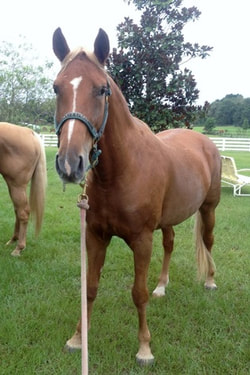
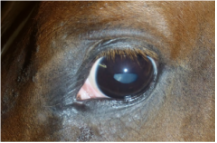
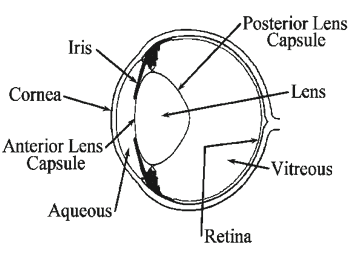
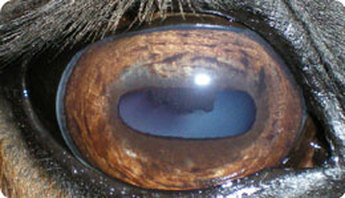
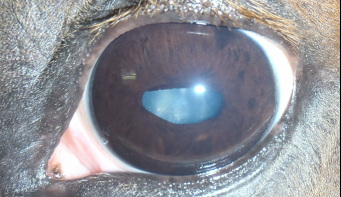
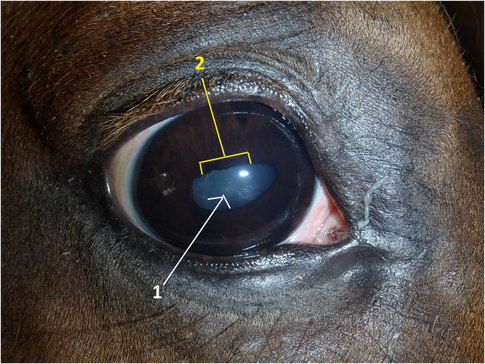
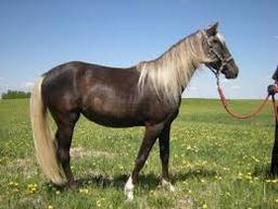
 RSS Feed
RSS Feed
